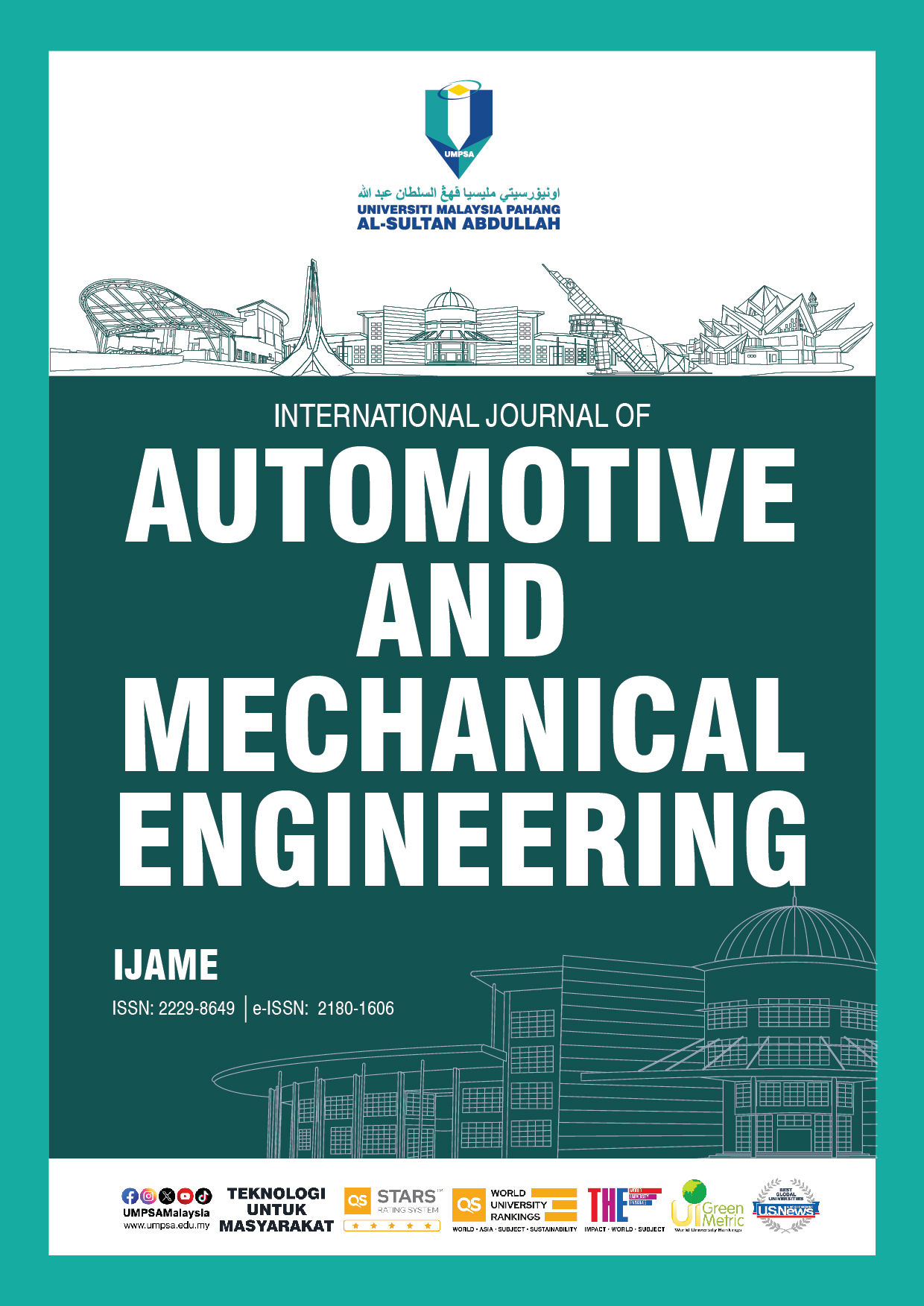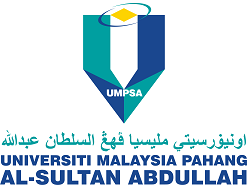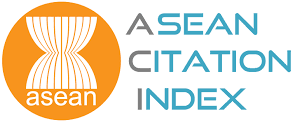Numerical Study on the Torsional and Lateral Vibrations of Double Universal Joint Driveline System
DOI:
https://doi.org/10.15282/ijame.20.4.2023.03.0838Keywords:
Driveline system, Universal joint, Torsional and lateral vibrations, Second-order vibrationAbstract
Utilizing a universal joint can lead to significant vibration within a driveline system. This study presents a model for analyzing the torsional and lateral vibrations of a driveline connected by a double universal joint. The governing equations of motion are derived, and the Runge-Kutta method computes steady-state responses across a spectrum of input rotational speeds. The focus is to examine the effect of system parameters, including static angular misalignment, load torque, and lateral stiffness. Relative amplification is used to analyze the effects of parameters on system vibration. Results indicated that the second-order component of input rotational speed induced by the universal joint was the factor that caused the vibrations. For the considered system, static angular misalignment significantly impacts both the torsional and lateral vibrations. Increasing the angular misalignment from 15° to 30° results in a threefold increase in lateral vibration amplification, while torsional vibration amplification is increased by nearly two times. The effect of load torque is almost linearly proportional to torsional vibration but is nonlinear to lateral vibration. Thus, lateral vibration is significantly impacted compared to torsional vibration for higher load torque. Changing the stiffness leads to a modification of the natural frequency. Increasing the lateral stiffness shifts the critical speed to a higher speed range, resulting in reduced lateral vibration amplitude. It is demonstrated that a slight fluctuation in angular misalignment due to lateral vibration will not affect the torsional vibration even if both vibrations are coupled. The findings may enhance understanding of how changing system parameters affects vibration.
Downloads
Published
Issue
Section
License
Copyright (c) 2023 The Author(s)

This work is licensed under a Creative Commons Attribution-NonCommercial 4.0 International License.







